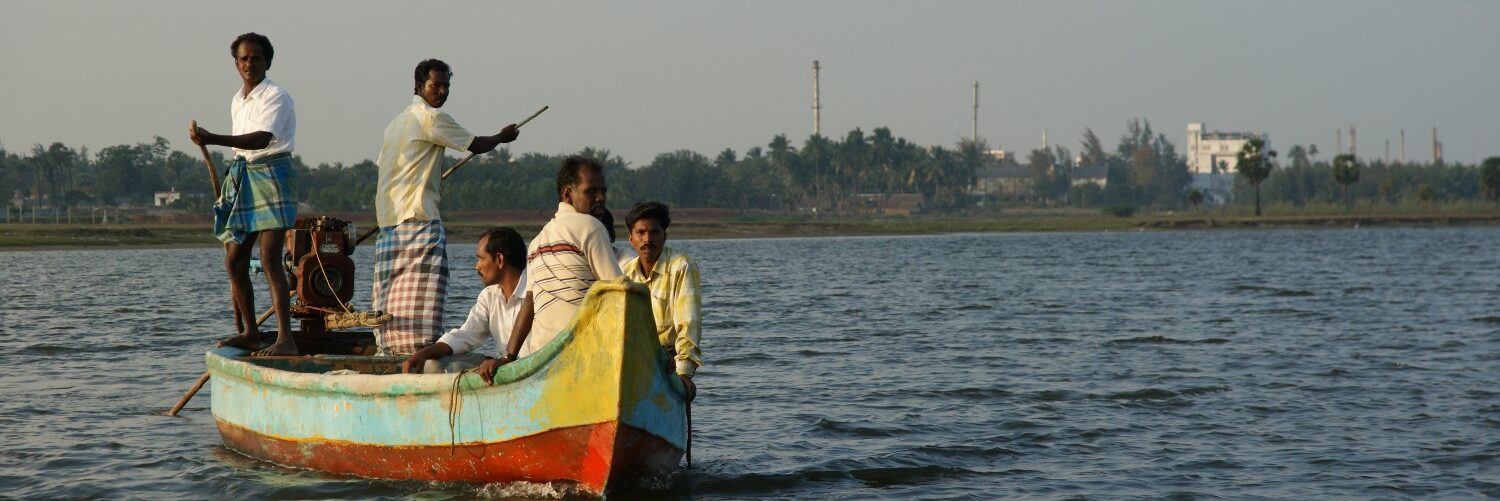PRESS RELEASE
FOR IMMEDIATE RELEASE:
07 March 2011, Nalagarh (HP): An independent monitoring report released by the local environmental NGO Himparivesh and Community Environmental Monitoring Campaign has implicated two cement plants in the Nalagarh area of emitting hazardous pollutants in the air. The lives and the health of people living in their vicinity have been put to grave risk, the report has revealed. The reports of the air samples analysed by Chester labnet, an American laboratory reveal the presence of hazardous substances like very fine particles, manganese, mercury, nickel and cadmium many times above the human safety standard limits. Children, pregnant women, people already suffering from diseases and old people are especially susceptible to their ill-effects which can be harmful upon exposure lasting even a few weeks.
The samples were taken in the month of November, 2010 using the low volume air sampling technique near the JP Himachal Cement Grinding and Blending Unit near village Bagheri and the Ambuja Cement Grinding and Blending unit situated near village Nayagram. The analysis of samples taken near the Ambuja Cement plant is almost the same as that of samples taken near the JP Cement plant except that the former have also been found to contain hazardous quantities of lead this could be a result of the six stone crushers situated near the Ambuja cement plant.
The analysis of the air samples has revealed a concentration of very fine particles ranging from two and a half times to seven times the safe limits as per the Indian standards. These fine particles pose the greatest health risk to the people inhaling them as they lodge deeply into the lungs due to their small size. Studies have shown a significant association between exposure to fine particles and premature mortality. Other significant effects include aggravation of respiratory and cardiovascular disease, lung disease, decreased lung function, asthma attacks and cardiovascular problems like hearth attack and cardiac arrhythmia. Older adults, people with heart and lung diseases and children are particularly sensitive to these particles.
Levels of Manganese in the samples have been found to upto 12 times the US EPA standards and those of mercury, two and a half times the California standards. Both these metals are neurotoxins and persons exposed to such high concentrations would suffer from an excessive risk of Central Nervous System (CNS) effects. Exposure to high concentrations of Manganese could result in feelings of weakness and lethargy, tremors and psychological disturbances. Exposure to Mercury effects several organ systems; high level exposures result in lung dysfunction and possible respiratory failure. Exposure to chronic lower concentrations effect kidney and brain and result in motor defecits, irritability, nervousness, poor concentration, short-term memory deficits, tremulous speech, blurred vision, paresthesia, renal and cardiovascular impairment.
Nickel has been found to be three times the Indian safety level. It is a human carcinogen and long term exposure to it would result in excessive risk of cancer. The quantity of Cadmium in the samples is also higher than the California standards which could result in increased incidence of kidney ailments.
The fact that the two cement plants are the sources of this pollution is proven by the excessive levels of calcicum found in the samples it is more than one thousand times the normal quantity found in the air and there is no other similar industry in their vicinity that could result in such pollution. Limestone, a primary ingredient of cement, is a form of calcium and its excessive presence in the air is an indicator of poorly controlled air pollutatnt emissions from the cement industries. The other pollutants that have been detected are contained in limestone and coal, another key ingredient used by the cement industry.
These reports indicate that the JP cement plant has not been keeping the assurances given in the Environment Impact Assessment report and has been violating the conditions imposed by Ministry of Environment and Forests (MoEF) while granting environmental clearance as well as the emission standards set by Central Pollution Control Board. It also puts a question mark on the HP Pollution Control Boards carrying out due diligence to monitor and control pollution in the already highly polluted BBN area. BBN area, alongwith Parwanoo, almost made it to CPCB’s 2009 list of the most critically polluted areas in the country. MoEF has placed a moratorium on clerance to new industries in critically polluted areas. Both these cement plants have been set up after the 2009 survey by CPCB. Jaiprakash Associates had faced immense public opposition during the public hearing conducted in 2009 primarily due to the proposal of setting up a thermal power plant along with the cement unit.
“If the pollution in this area goes unabated like this, then the time is not far when BBN area shall become like the cancer belt of Bhatinda. Instead of opening new hospitals, the government should try to control pollution which is at the root of human ailments. The most effected from the pollutants would be the people living near these plants and those working in them,” said Balkrishan Sharma of Himparivesh. Shweta Narayan of Community Environment Monitoring Campaign said, “Had the pollution control board performed its duty to enforce the legal provisions, this state of affairs would not have ocurred.”
Himparivesh has been regularly raising issues related to pollution and illegal mining in the BBN area in the past few years and had spearheaded the movement against setting up of a thermal power plant by JP Industries. Community Environment Monitoring Campaign is a project of the New Delhi based The Other Media.
The analysis report has used American Standards for levels of Cadmium, Manganese and Mercury as the Indian government has yet to specify standards for these.
For More Information Contact
Balkrishna Sharma 9459028044 (Him Parivesh, Nalgarh)
Jagjit Singh Dukhia 9816280860 (Him Parivesh, Nalgarh)
Shweta Narayan 08056024315 (Community Environment Monitoring Campaign,Tamil Nadu)
